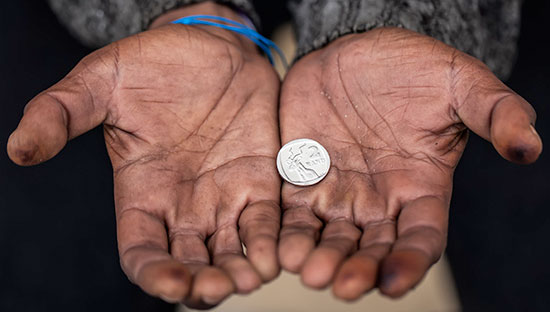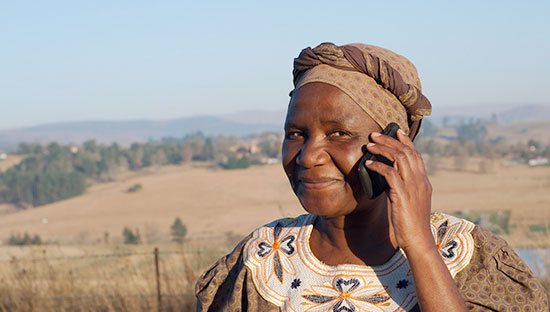Shooting Star Chase |  London, UK
London, UK
Objectives
- To help Shooting Star Chase understand their own data and use it to find the missing children
Findings
- Locate where children in need of hospices are likely to live
- Streamline referral process saving time and money
Question
Shooting Star Chase is a children’s hospice that works with children and their families suffering from life limiting conditions. These diseases are generally incurable and Shooting Star Chase provides support from diagnosis to end of life and throughout bereavement at its two facilities in the west of London in the United Kingdom.
Recent research showed that there are approximately 49,000 children with life limiting conditions in the UK. This is 30,000 more than previously estimated! Shooting Star Chase wanted to find these missing 30,000 children in need of support from the network of children’s hospices around the country. In particular, they wanted to find the 3,500 children they estimated to be in need of hospice services in their local area in west London.
What Happened
During a weekend DataDive in June 2014, a team of dedicated data science volunteers set about tackling this problem. Led by Gianfranco Cecconi, Asmat Monaghan and Hrachuhi Sarkisyan the team combined data collected by Shooting Star Chase on the individuals they have helped with public data about the hospice and healthcare sector and demographic data about the UK population.
The volunteers looked at where hospices are located compared to where the demand is. Based on variables such as age, gender, diagnostic group, ethnicity and deprivation the team of volunteers mapped the incidence of life limiting conditions by ward for England and Wales. They were able to zoom in on Shooting Star Chase’s catchment area and present the charity with a better idea of which geographic areas they should target.

The all star team of volunteers conducted a simple analysis of the capacity in the 48 existing hospices compared with the numbers of children with life limiting conditions within 20 miles. They found a conspicuous shortage of peadiatric specialist care at some of the hospices, Shooting Star Chase included.
The volunteers also looked at the referral paths of how children come to be at the hospices and some of the sharp analytical business minds in the group quickly identified how they could streamline this process. They even created a new version of the online application form to weed out dud referrals early on and save everyone involved time and energy. The savings from this are estimated to be £90,000 for the network of UK children’s hospices – enough money to support three additional nurses.
In summary, a team of volunteer data scientists helped Shooting Star Chase identify key geographical areas where demand was being missed, show which hospices are struggling to meet local demand and found where the missing children are likely to be. Not bad for less than two days work!
What’s Next
Since that weekend Finlay Edridge, Stephen Black and Jessikha Galvez have been working pro bono with Shooting Star Chase to produce an interactive dashboard to more clearly interpret the data. They were able to introduce new data on national hospital episode statistics to more accurately show where the ‘missing children’ are. The dashboard shows which doctor’s surgeries and hospitals children with life limiting conditions have visited over the past few years. The resulting interactive visualisations enable Shooting Star Chase to better understand where children with life-limiting conditions are and which health facilities they visit with which sicknesses.
Jo Cohen, the charity representative from Shooting Star Chase, said “For the first time we are able to see where children with life limiting conditions are accessing GP and hospital services across England. National policy makers and local commissioners will be able to make decisions based on a clear presentation of actual activity data.”
The dashboard is being used to persuade clinical commissioners of the high demand for children’s end-of-life services and the need for more funding for the sector. It may also help the children’s hospice sector to make a case for a national children’s database on life-limiting conditions, as there is already one for adults.
Shooting Star Chase is excited to share the project with other hospices in their network and encourage the whole sector to be more savvy in how they use data.
A huge thank you to the three data heroes who worked on this project and to their employer, PA Consulting Group, for donating staff time and tools!



